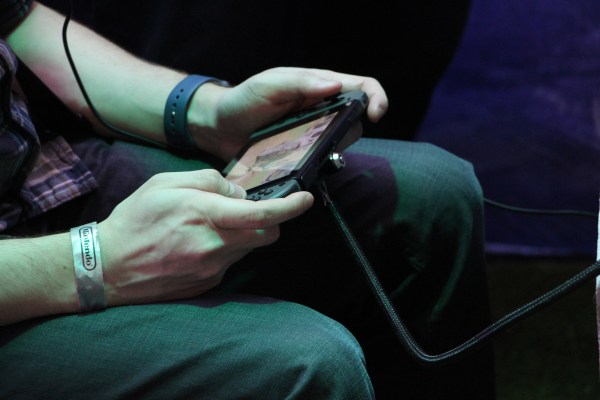Moments after Nintendo of America President Reggie Fils-Aimé finished his presentation, another exec took the stage to announce how things will go. The room is separated into sections; each section of attendees will follow a staff member with a Mario character on a placard. And just like that, we’re each ushered off to a game — some semblance of organization before it all invariably erupts into chaos.
It’s inevitable, of course. A few minutes later, members of the press are screaming at screens and elbowing their way in to be among the first to play the new Zelda game on the upcoming console.
Last night’s unveiling was all news — pricing, availability, specs. Today’s event is about actually experiencing the thing. Being one of the first to try the strange new console, in all its strange, convertible forms.
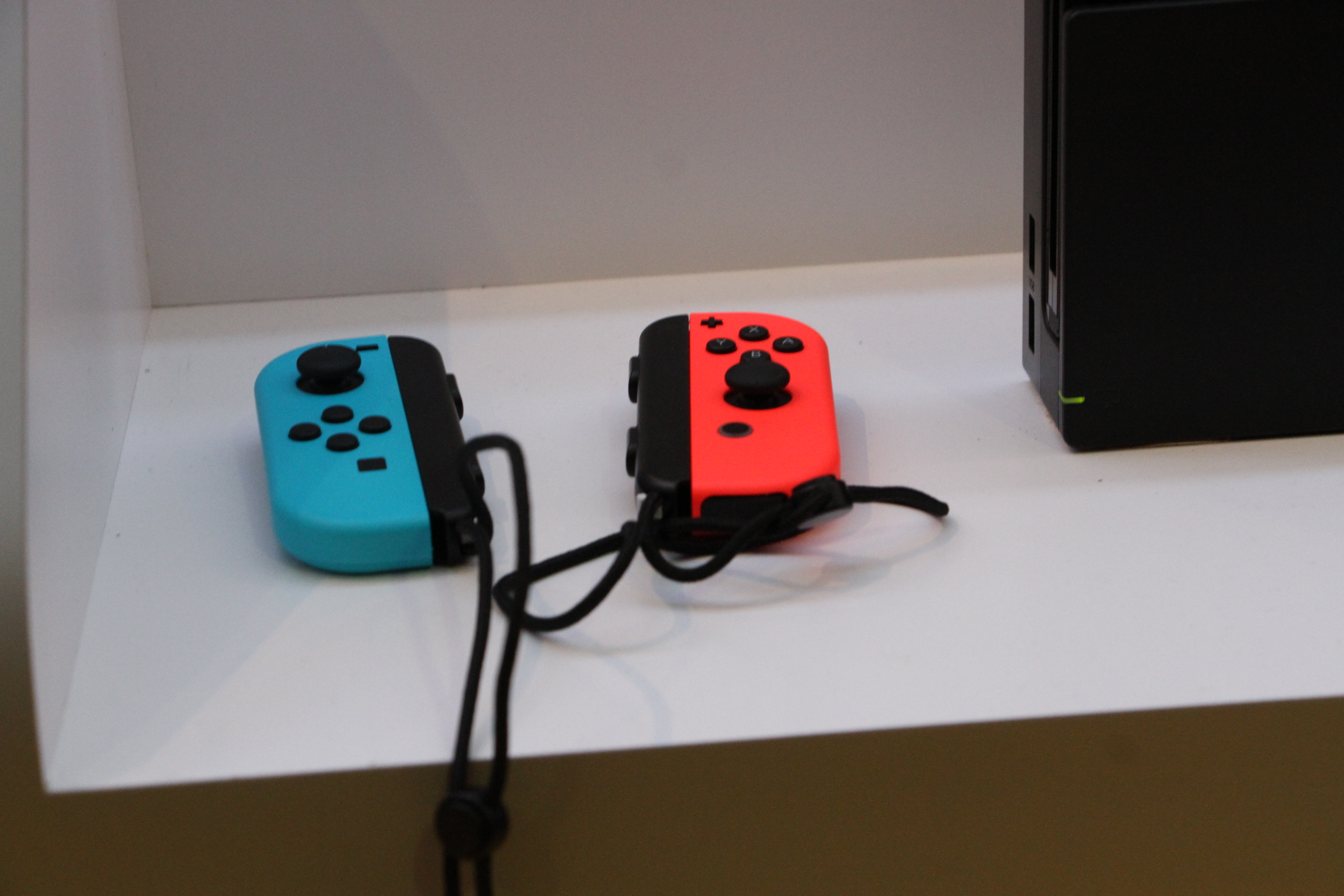
There are games stationed around the space, laid out in two rooms of a Manhattan loft, from proprietary titles like Mario Kart 8 Deluxe and the aforementioned Zelda title, Breath of the Wild (which had its gameplay debut for the Wii U back in June at E3) to perennial third-party favorites like Street Fighter II and Arms, a slightly more family friendly take on the classic fighting game.
Most of the stations are just basic TV and living room settings, but there are a few more creative takes, as well — like a fake airplane interior, complete with animated clouds, a cross section of a VW bus and a small, faux greasy spoon, called the “M Diner” and run by some Italian plumber.
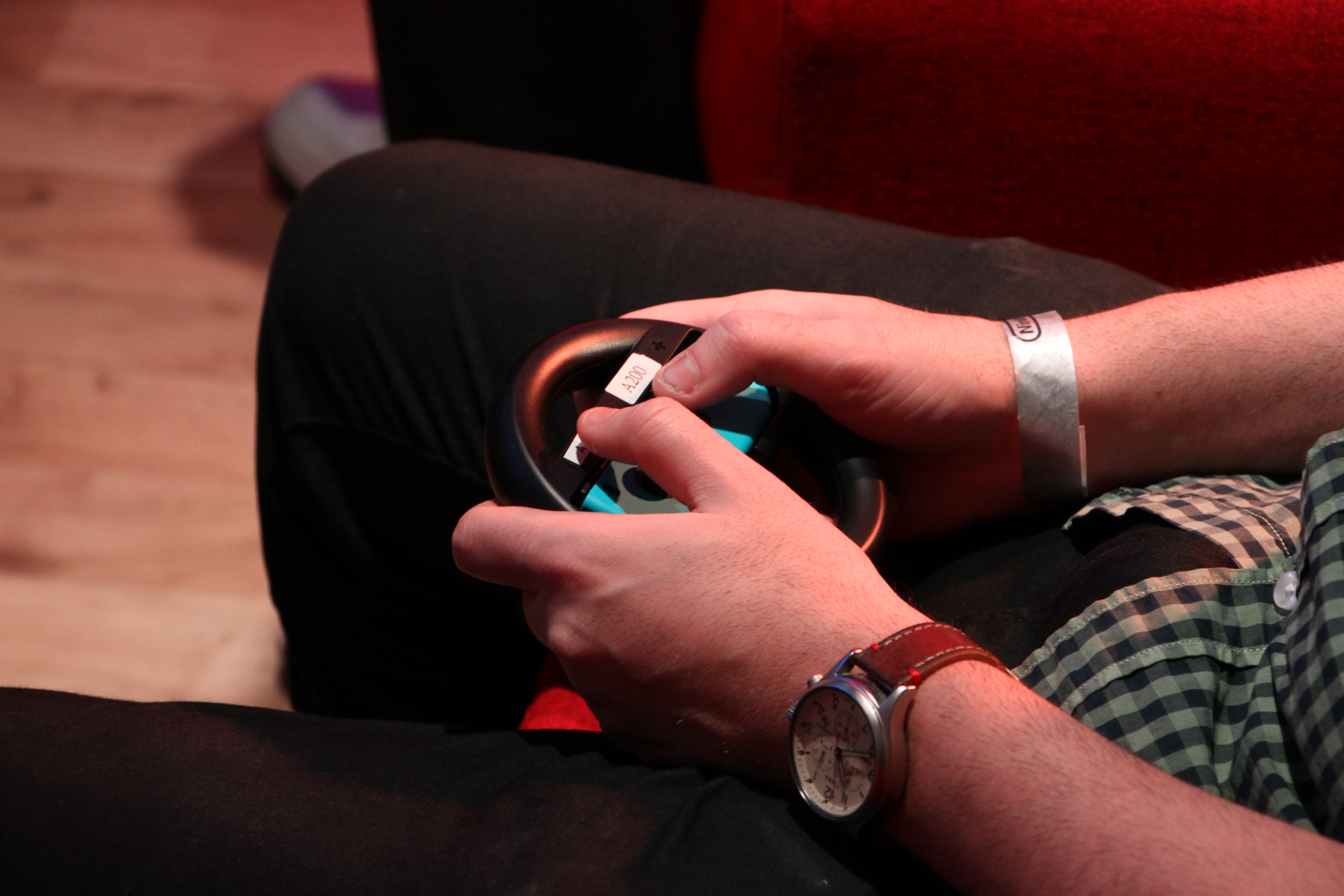
There are Nintendo reps waiting at each of the stations — standard practice for gaming demos, though in many cases these games require more than the standard explanation. Even games like Street Fighter, which most in the room can likely play blindfolded, require a quick preface regarding precisely how the title is played.
After all, the Switch is Nintendo’s great new gamble — an everything-and-the-kitchen-sink console designed to learn from the mistakes of the Wii U while bringing together positive lessons from both it and its predecessors. The result is a system that can be played as both a sit-down living room console or a portable (if slightly unwieldy) system.
It’s an impressive bit of diversity on display, but it also means that the majority of gamers of different skill levels will inevitably require some hand holding, as it’s not immediately clear which game takes advantage of which technology. And from the sound of Nintendo’s blue sky plans for the system, there’s still a heck of a lot of potential yet to be unlocked with the titles.
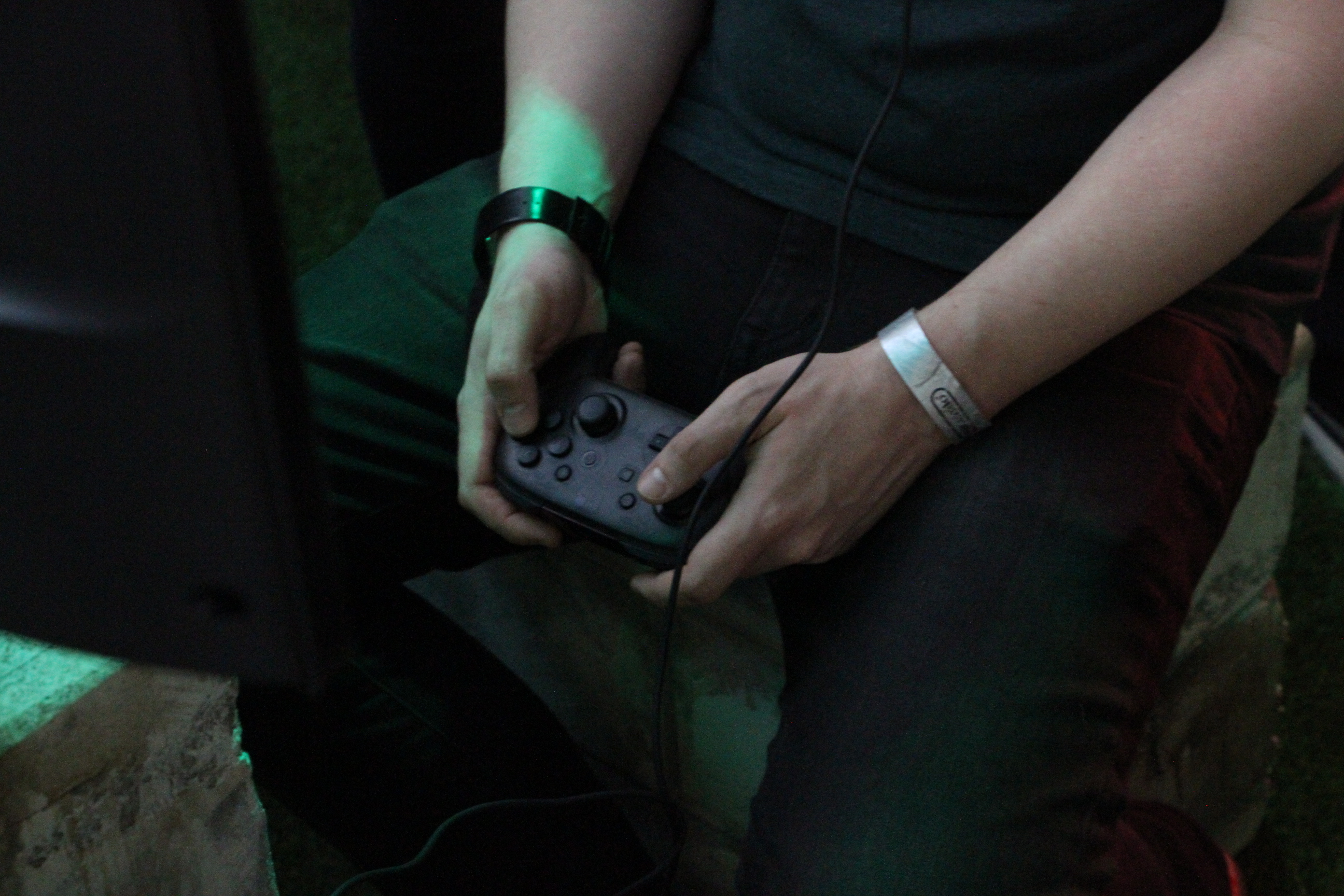
The 10 or so games on display at today’s event certainly showcase some of that versatility, but as Fils-Aimé noted in his brief and largely reiterative address ahead of the event, there are some 50 developers currently working on the platform, with 80 titles in the pipe. The Switch may have something of a title problem when it launches in a month and a half, but if all goes according to plan, the issue should be addressed fairly soon — hopefully in the lead up to next holiday season.
Unsurprisingly, one of the best displays of the tech is one of the newest titles: Arms, a brightly colored, cartoonish take on the classic fighting game. The player slips the two Joy-Cons off the side of the console and holds each in a hand, à la the Wiimote. The game plays out on a split screen, each from the first-person point of view of the player.
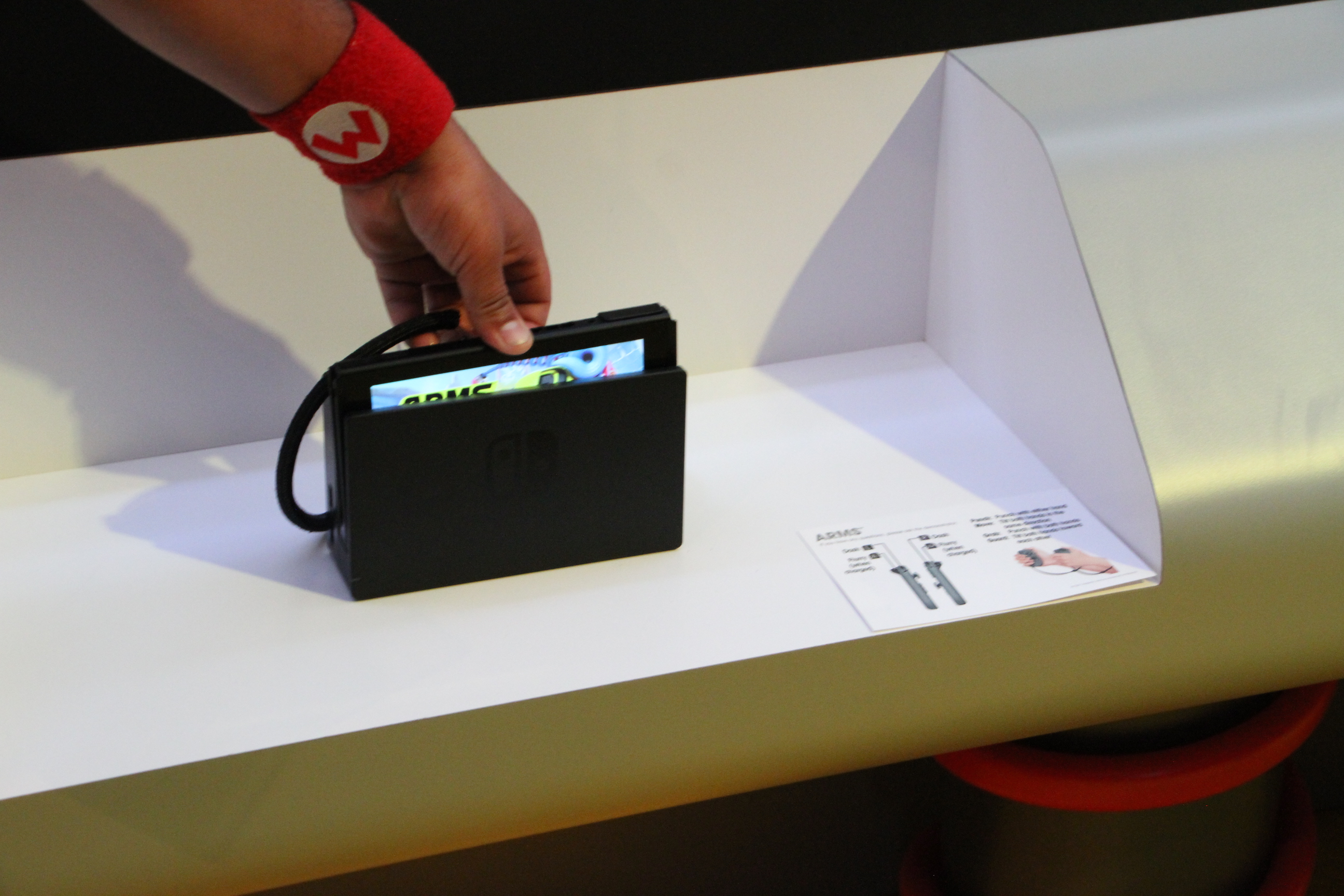
As with the Wiimote, the player uses the Joy-Con to punch. It was fun and a bit of a workout — and maybe it means that the whole notion of getting a workout while playing a video game outside of the VR world isn’t dead after all. Street Fighter II, meanwhile, represents the other side of the spectrum, utilizing a standard gamepad (not the Joy-Con Grip) for pretty straightforward control — it was one of the few titles on display that required no explanation whatsoever.
In demo gameplay, the whole thing works pretty seamlessly. The heart of the system is the 6.2-inch touchscreen tablet. Slip it into the dock and the TV recognizes the signal after a few seconds. Pull it out, and it immediately shows up on the device for gameplay.
The Joy-Controls, meanwhile, slip easily between the sides of the tablet and the Joy-Con Grip. Gameplay directly on the tablet is a bit unwieldy, as anticipated, but it’s definitely useable — assuming, of course, you’re not on, say, a crowded train — that’s more Super Mario Run territory.
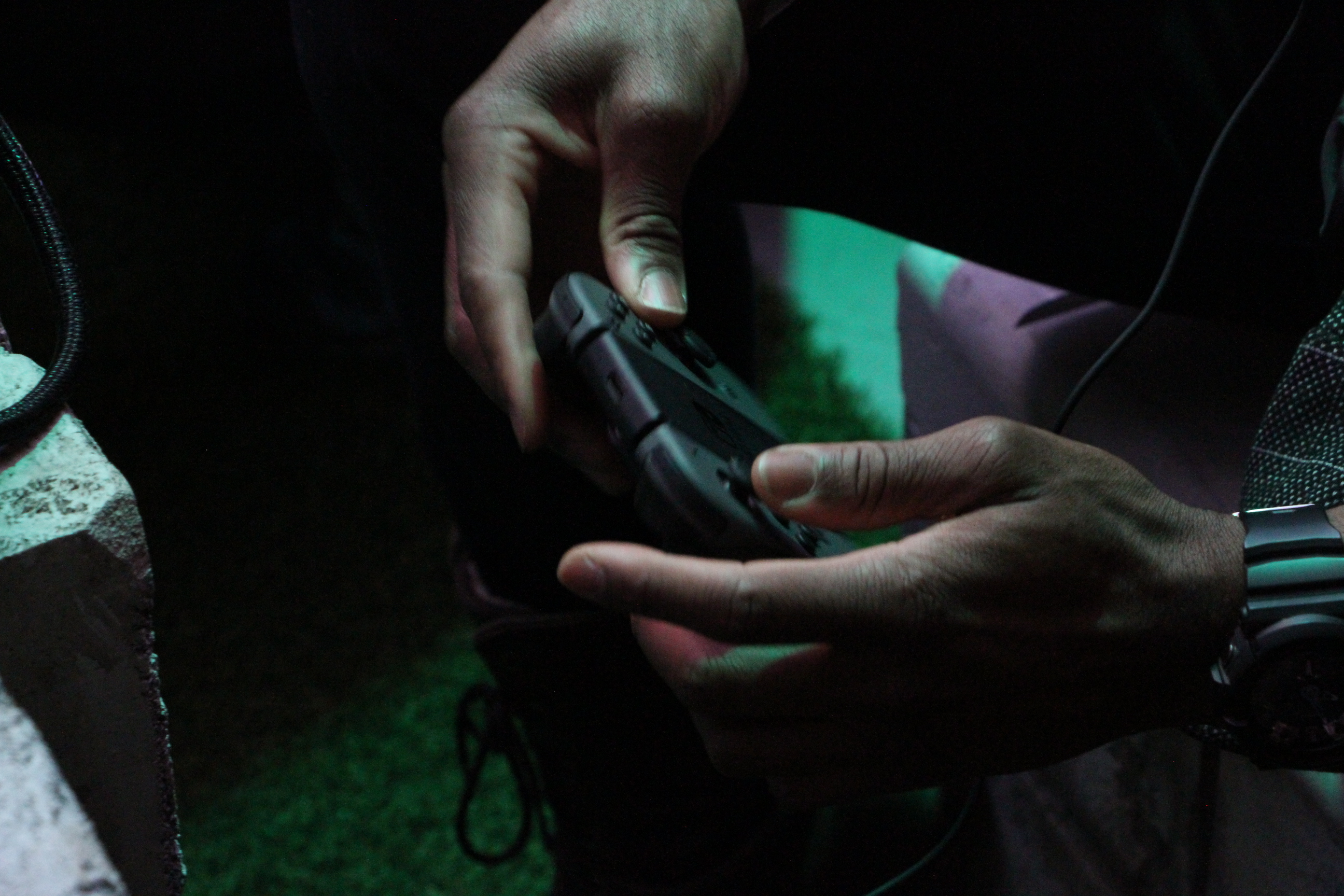
Multiplayer gaming has long been Nintendo’s bread and butter, and that’s no expectation here. My Splatoon 2 demo involved eight people. The Mario Kart gameplay was a bit more intimate, with two players grabbing a small Joy-Con, transforming it into a sort of microcontroller.
The Switch ultimately has a Herculean task ahead of it. It must simultaneously serve as the company’s living room and portable consoles, while making up ground lost to the Wii U — arguably its biggest home gaming misfire. Nintendo’s certainly got all the tools in place here for an incredibly versatile and fun offering.
For now, it’s a bit of a slow start — with only two proprietary titles at launch and lots of questions surrounding its online offerings. A rep I spoke with compared it to the N64 — a console that had limited launch titles, but is now remembered fondly. Not exactly the explosive first impression the company was likely hoping to make following the missteps of the Wii U.
[gallery ids="1438512,1438511,1438510,1438509,1438508,1438436,1438437,1438439,1438440,1438435,1438427,1438428,1438429,1438430,1438431,1438432,1438426,1438358,1438359,1438353,1438352,1438354,1438355,1438356,1438357"]
As long as the aforementioned developers and Nintendo itself are able to fully utilize the technology present, Switch will be a veritable hit. The hardware is definitely there. The company will require a bit of education to really let the console’s full potential sink in. If all goes according to plan, it might be a small burn, but a meaningful one.
